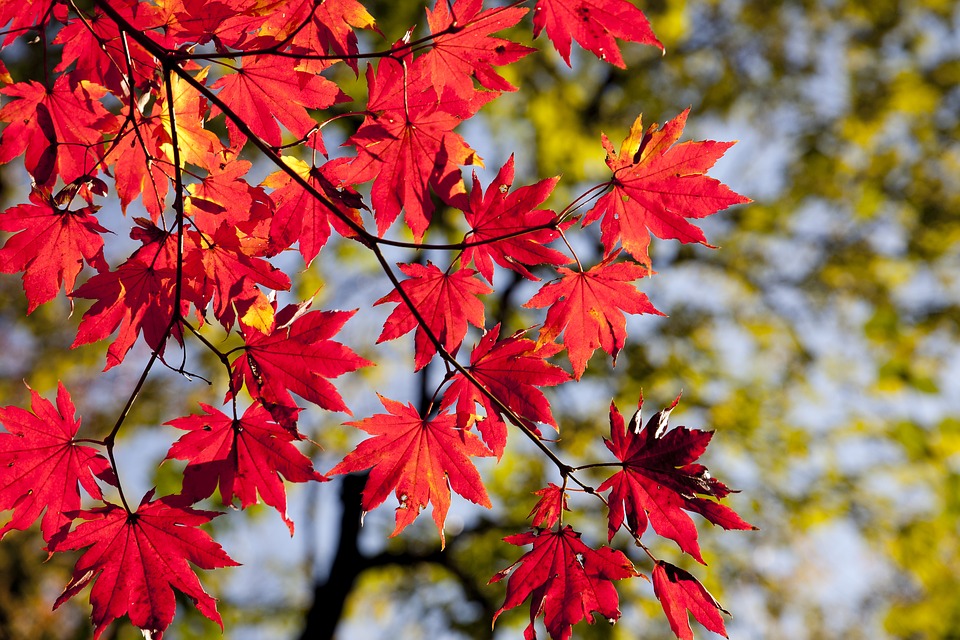
Fall is the optimal time to plant many tree species. It’s dryer than most months and not too warm. Heat is unlikely to damage young newly planted trees, and root systems are more likely to thrive in fall conditions.
If you’re looking for a quick-growing tree to plant this fall, we’ve got five suggestions below.
A word of caution: while fast-growing trees are an attractive option for those who want quick results, they’re not always an ideal choice. If you’re in need of a tree to act as a windbreak or to provide shade, don’t jump into planting without doing your research. Ask questions, and don’t plant something without doing due diligence; you may later regret your decision. Rapid growing plants of all kinds pose a few significant problems of note. Quick-growing trees are more likely to experience breakage. Some trees may grow so fast that they’re challenging to care for and keep healthy.
Red Maple
Red maples are native to eastern and central North America and are one of my favorite trees. If you’re out and about in the fall for leaf-peeping, chances are you’re searching for red maples since they provide a blast of brilliant foliage in the autumn. They’re relatively rapid growers and can grow up to 60 feet in height. Unfortunately, the rapid growth, in turn, produces weak branches that are susceptible to breakage.
Paper Birch
The thin wisps of paper-like bark that peel off this tree are perfect for use as kindling when building a campfire. Paper birch trees are also fast growers. They grow relatively tall — up to 70 feet in height, but they’re susceptible to breakage and don’t thrive in areas with high levels of pollution.
Cherry Laurel
While this is more of a shrub than a tree, it grows quickly and is one of the sturdier options in this list of five. It doesn’t grow much taller than 30 feet and I love it for its colorful berries — careful, though! They’re poisonous. Planted incorrectly and without thought, cherry laurel may become invasive, so don’t plant without doing some background research.
Bald Cypress
These coniferous trees grow in swampy around in the Southern U.S. They get fairly tall (oner 60 feet). They look impressive, but they’re vulnerable to pests. They’re also a little slower to grow than the other trees mentioned.
Acacia
I love acacias, but they’re destined for warmer climates than here, unfortunately. If you’re lucky enough to live in planting zones 9 to 11, though, you can enjoy the lovely display of this tree on your property. The maximum height depends on the variety. The drawback to growing acacias? They’re a short-lived tree species.

Steph Coelho is a freelance writer gardening in zone 5b. She is a certified Square Foot Gardener and has taught various garden-related workshops. When she’s not digging in the dirt or writing, she’s cooking up fresh produce, running, or listening to her favorite podcasts.
Leave a Reply